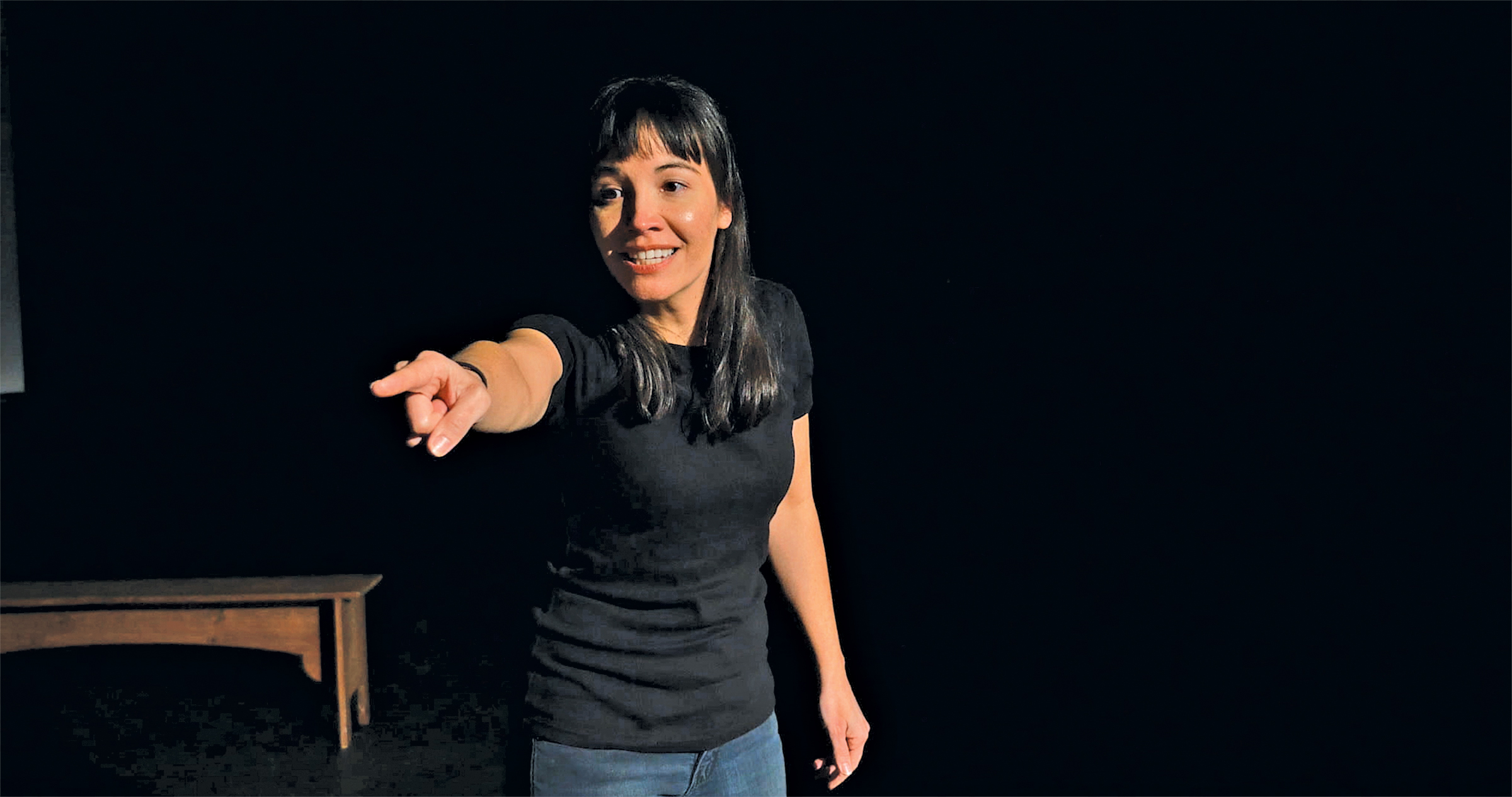ANGUS MCCULLOUGH
Angus McCullough ’10, a studio art major concentrating in architecture, is one of seven finalists among nearly 400 competitors worldwide in an architectural design contest seeking new visions for the Grand Concourse in the Bronx.
Designed as a wide, tree–lined thoroughfare with carriage drives, bridle paths, and sunken cross–streets, the four–mile Grand Concourse was conceived in 1870 by engineer Louis Risse as a means to connect Manhattan to the parks of the northern Bronx. Today, the Grand Concourse hosts the largest collection of Art Deco and Art Moderne style buildings in America.
Brooklyn native McCullough envisions the thriving community living on the Bronx’s Grand Concourse connected with a web of speakers, microphones, projectors, and cameras.
“The residents of the Concourse are the focus of my design and provide the content for this virtual infrastructure,” McCullough explains. “My hope is that the residents use these systems to reach out to each other, cultivating chance interactions between individuals who might otherwise never meet.”
McCullough’s plan involves the installation of interactive nodes to connect disparate spaces along the Concourse. The Metropolitan Transportation Authority (MTA) mutual intercom connections (m.i.c.), would allow riders waiting at subway or bus stops to talk to each other, find out how crowded the bus or train will be, when it will arrive, or pass the time. Similarly, the Bodega Broadcast Network, installed near delis and grocery stores, would turn the Concourse into a giant speaker system.
“The broadcast network relies on the deli owners as much as the people trying to get in contact with one another. At the owner’s discretion, short messages would be broadcast across the entire length of the Concourse, to aid in finding a friend without a phone, for announcing a party, etc.,” McCullough explains. “This is the most public of all the systems, but it still caters to personal connection.”
Another node involves transforming MTA stations into “Skyways.” By using cameras and projectors, the Skyway renders the sidewalk transparent, enabling passengers to see the sky from the ground below or an approaching train from above.
And the Yankee Game–View Mirror would project home games onto the sidewalk, in return taking video of passing pedestrians and placing them on the Jumbotron, making them literally part of the game.
His project, titled “Live Wired,” landed him a $1,000 cash stipend to further develop his proposal for inclusion in the exhibition Intersections: Grand Concourse at 100 at The Bronx Museum of the Arts, opening Nov. 1, 2009. McCullough conducted his work with Elijah Huge, assistant professor of art and an architect.

